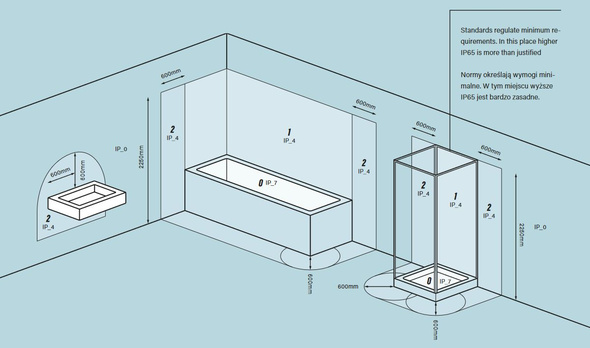The colour of light or the textbook colour temperature is nothing more than a measure of the colour impression of light. In physics, it refers to the temperature of a black body (expressed in Kelvin) needed to emit light of a given colour, but for many people this is not a very practical example.
For easier understanding, it is worth referring to a real, imperfectly black object that almost everyone has had the opportunity to observe, e.g. the filaments of a light bulb. If we apply a small voltage to it, e.g. by using a dimmer, it heats up to a relatively low temperature and we see a very warm, reddish light. However, the more the voltage and hence the temperature of the fiber increases, the more the light will be white. This is why the colour temperature expressed in Kelvin increases with the increase of the subjectively assessed "whiteness" of the light and, as a result, the "coolest", almost bluish light has the highest colour temperature.

